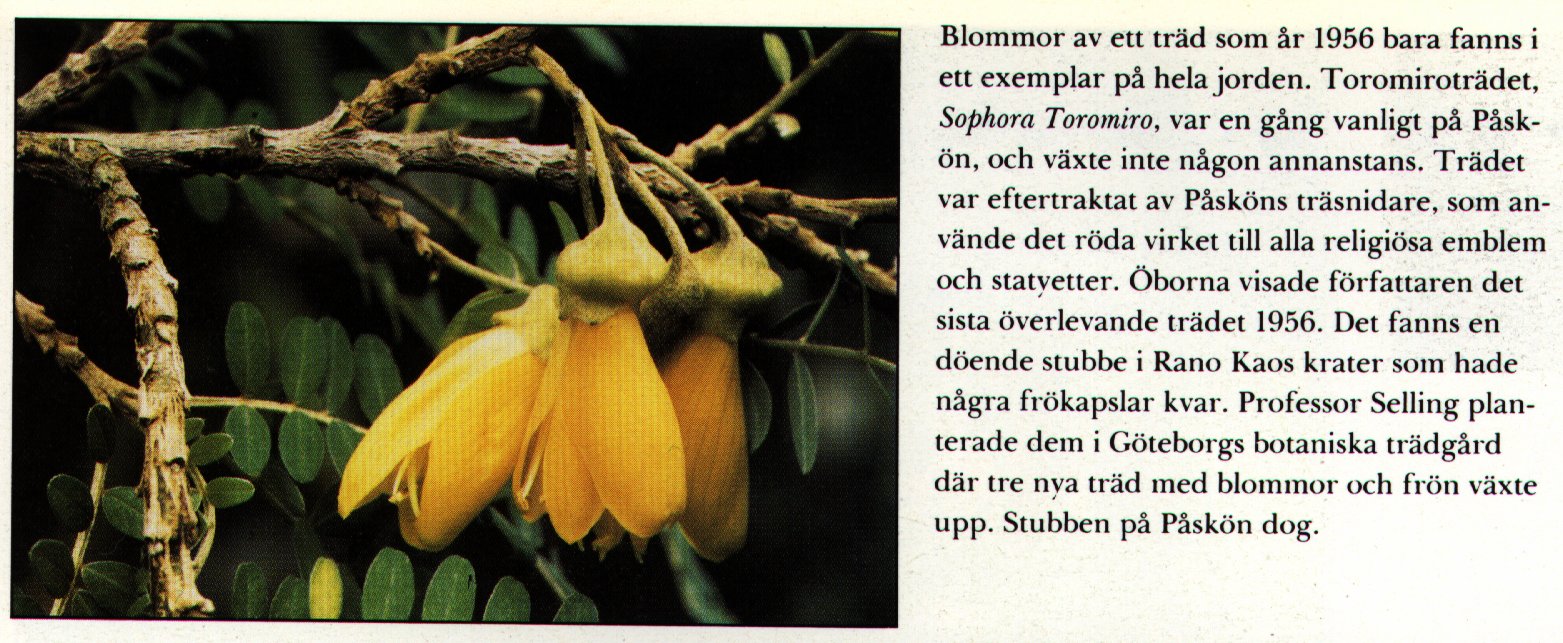I had subdivided the 10 sequences of glyphs in what I assumed was another calendar into pairs of subgroups with varying numbers of glyphs. The first such sequence had 3 + 6 = 9 glyphs:
Now, however, after my discovery of a possible correspondence between Antares and the 'Fruit of Waters' (Apam Napat) in Pegasus I guess we should let the 1st sequence begin with Ca10-6 and day 261:
But this is rather uncertain. Metoro appears to have made a pause after glyph 260, because according to Barthel's documentation Bishop Jaussen wrote Tupu te toromiro instead of tupu te toromiro. Closer examination reveals, however, that this was due to a phenomenon similar to how a Capital letter always is beginning Metoro's comments when a new glyph line is beginning. The manuscript of Bishop Jaussen was paginated and Tupu te toromiro were the first words at the beginning of page 252. Therefore I was wrong when earlier stating that Metoro made a significant pause before Ca9-16. E rima ki te henua was the beginning of page 254 in the manuscript:
However, Bishop Jaussen may have chosen to begin a new page when he heard Metoro make a pause. When Metoro said tupu te toromiro it may have been in order to make clear that growth now had reached Easter Island.
The Swedish text says these are the flowers of a tree which in 1956 existed only in a single example on earth. But once the toromiro tree (Sophora Toromiro) had been common on Easter Island and it had grown nowhere else. In 1956 the islanders guided Thor Heyerdahl (who wrote the text) to the last surviving tree. In Rano Kau was the trunk of a dying tree with a few seeds left. Professor Selling planted them in the Botanical Garden in Gothenburg, where three new trees with flowers and seeds developed. The trunk on Easter Island died. Glyph 261 has a Significant dot in front and we recognize the rakau type of glyph. Metoro's following words kua noho te vai could mean this tree was flourishing in sweet water.
Manzil day 409 corresponds to glyph 100 (and to Gregorian day 180). 3 feathers are growing in a curve high in front, the day before the heliacal rising of Sirius. In November 21 (325) - i.e. 5 * 29 = 145 days later - a straw with 2 feathers are at left and Metoro said koia ku honui ( Ca9-17). 3 + 2 = 5. From tupu te rakau in Ca4-25 (where we can count 42 * 5 = 210) to Tupu te toromiro in Ca10-6 there are 261 - 101 = 160 days. 210 - 160 = 50 (= the RA day for Algenib Persei). But we need the stars and the dates. | ||||||||||||||||||||||||||||||||||||||||||||||||||||||||||||||||||||||||||||||||||||||||||||||||||||||||||||||||||||||||||||||||||||||||||||||||||||||||||||||||||||||||||||||||||||||||










